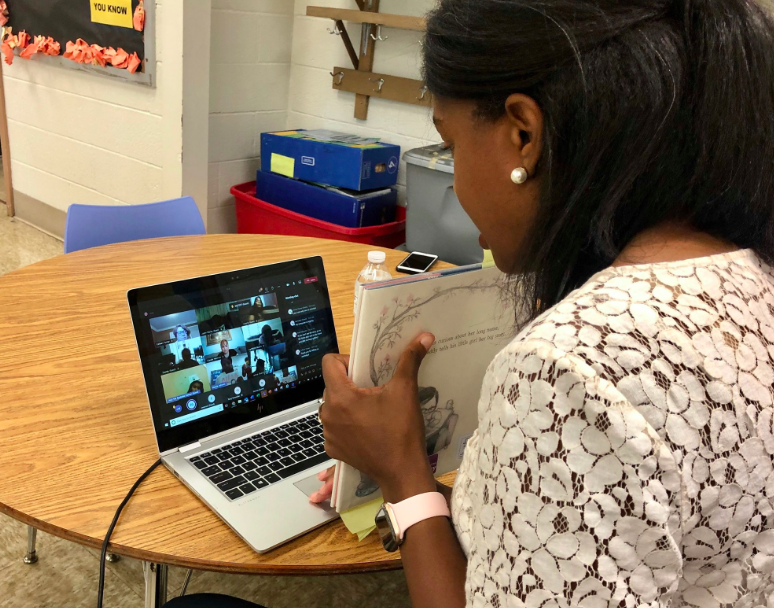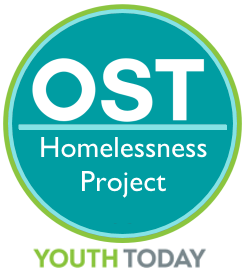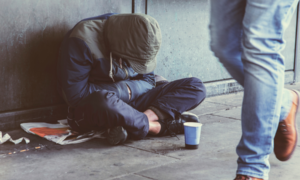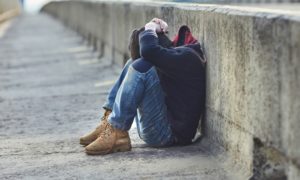
Indianapolis Public Schools Facebook
Indianapolis Public Schools Superintendent Aleesia Johnson guest teaches during remote learning to get a feel for what teachers are experiencing. The district has four school sites where students experiencing homelessness may come. It’s also working with community partners to offer e-learning hubs for additional students.
When a school district goes virtual, what happens to homeless students?
School often provides them stability and a place to access resources that they otherwise wouldn’t have. And without a protected and supervised learning environment, kids whose housing is unstable are less likely to do well.
 As a result, some districts that are operating remotely are nevertheless bringing kids who are unstably housed to school, while others are collaborating with community partners to provide sites where students can come.
As a result, some districts that are operating remotely are nevertheless bringing kids who are unstably housed to school, while others are collaborating with community partners to provide sites where students can come.
Indianapolis Public Schools, for example, with 31,000 students, has set up learning hubs at two elementary schools, a middle school and a high school with space for 300 students, said Cortnei Flucas, the district’s interim unified student supports officer.
At the end of the 2019-20 school year, the district in Indianapolis had more than 1,100 homeless kids, she said. The district, which opened virtually on Aug. 17, has so far identified about 160 students eligible for services, Flucas said last week. Under federal law, schools must re-identify such students at the start of the school year.
“We will reassess as needed,” she said.
Kids are bused to the school sites where a nurse is on staff and where breakfast and lunch are provided, she said. They also receive iPads or Chromebooks.
Students remain in small groups of 10 to 12, and both students and staff wear masks, Flucas said.
Federal data last year showed the number of homeless students in the United States at 1.5 million, an all-time high, and nearly double the number a decade ago. While some of the numbers may come from better reporting, a wave of upcoming evictions during the coronavirus pandemic could send the numbers surging.
National data show that the majority of K-12 homeless students stay temporarily with friends or relatives, although 15% are in shelters, 7% in hotels or motels and 4% are unsheltered.
“They are in a vulnerable position,” Flucas said. Families, which may have nowhere for children to go during the day as parents go to work or look for work, are in a tough predicament, she said.
Lack of stable housing can be part of a continuum for families who are under strong financial and other pressures.
Working with community partners, Indianapolis Public Schools is setting up another group of virtual learning centers.
The Student Support Network site are open to “families not able to provide for remote learning,” said Carrie Cline Black, the school district’s communications manager. It’s trying to meet the needs of single parents, essential workers or those who can’t afford day care all day, she said.
A site for 50 students was launched on Aug. 24, and more sites are set to open, she said.
John H. Boner Community Center, the YMCA of Greater Indianapolis and the after-school organization AYS are setting up sites at schools.
In addition, the Mind Trust, an Indianapolis education nonprofit, has provided a total of $200,000 to 11 local nonprofits to set up free e-learning sites. The sites will serve 500 children, the organization said in a statement.
This story has been updated.































